The Jewish community in Jelenia Góra (formerly Hirschberg) was quite modest, with a peak population of only 450 people. Nevertheless, the city had two Jewish cemeteries.
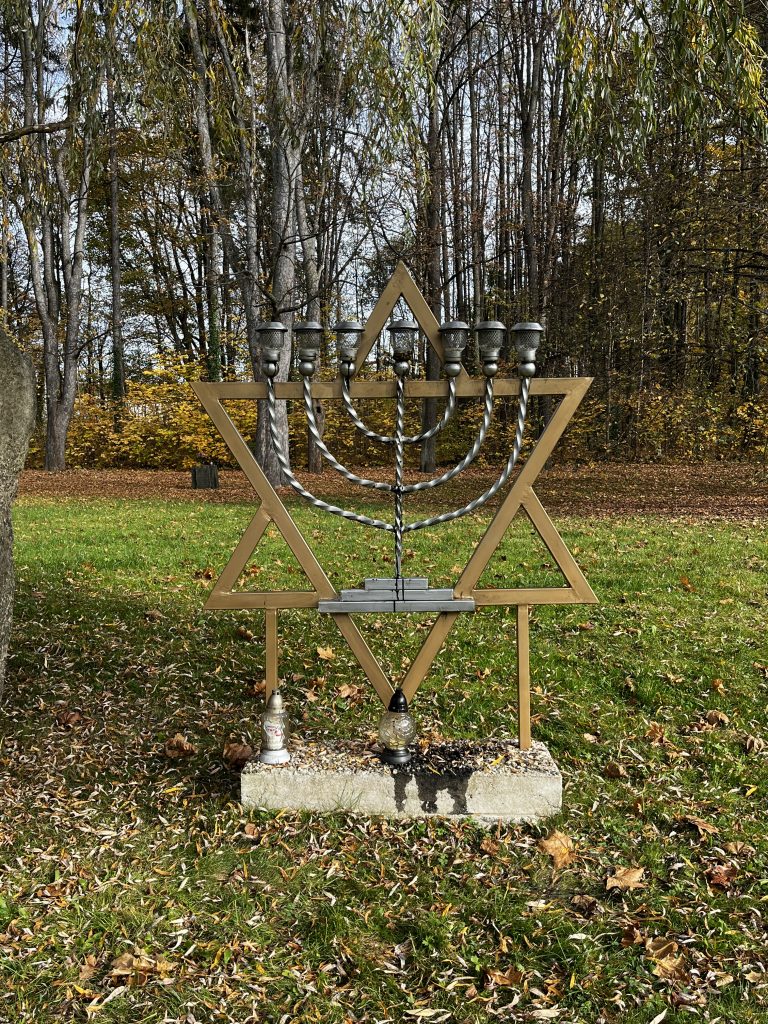
New Jewish Cemetery in Jelenia Góra on Sudecka Street / Photo by Marta Maćkowiak
The first, so-called “old” cemetery, was established between 1818 and 1820 in the vicinity of Nowowiejska, Na Skałkach, and Studencka streets. Today, there is no trace of this cemetery. No tombstones or cemetery architecture have been preserved, and a public square now stands in its place. After the resolution to close the cemetery was adopted by the City Council Presidium in Jelenia Góra in 1957, the liquidation process began in 1961.

Map of Jelenia Góra featuring the marked location of the old Jewish cemetery / Source: Fotopolska.eu
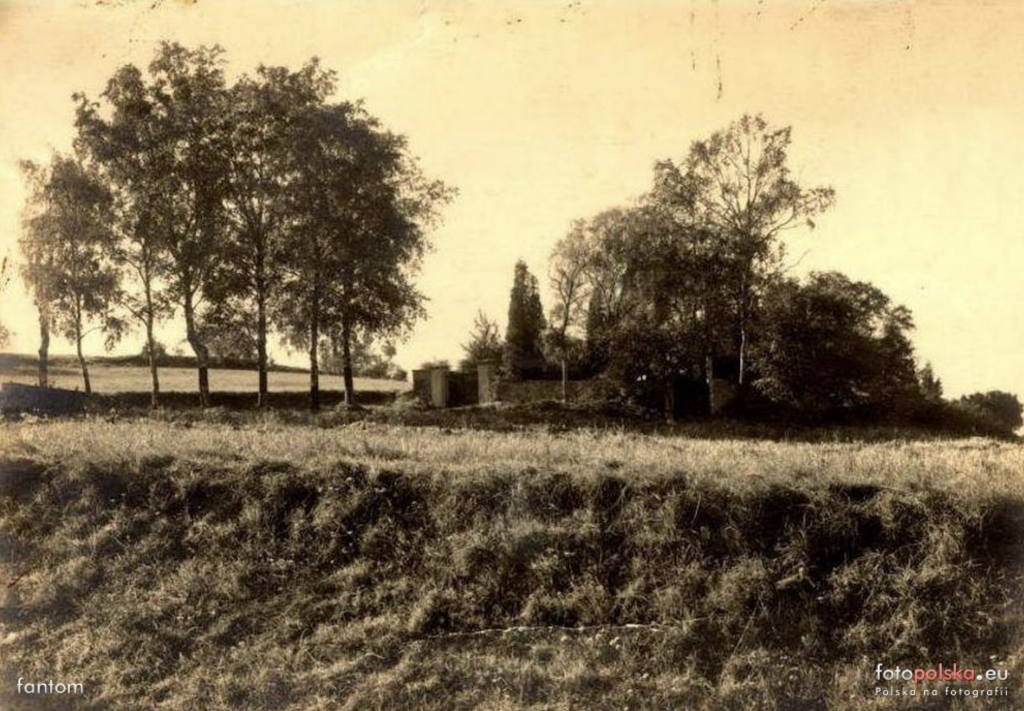
Photograph, likely depicting remnants of the old Jewish cemetery according to Fotopolska users, year 1928 / Source: Fotopolska.eu

Facing the street stood a beautiful mortuary building, which was set on fire during Kristallnacht in 1938. Surprisingly, the structure survived the war, and until 1972, it was inhabited by Leon and Maria Grzybek, the caretakers of the area. The Grzybek couple, quite fittingly named (Grzyb means ‘mushroom’ in Polish), tragically died due to mushroom poisoning. The cemetery was ultimately closed almost 100 years after its establishment, in 1974. The last burial in this building took place in 1959, and at that time, the Jewish community in Jelenia Góra consisted of 20 families.
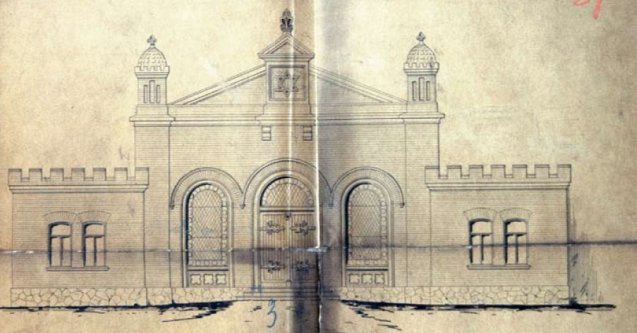
Mortuary building at the Jewish cemetery in Jelenia Góra / Source: Okruchy z historii Żydów na Śląsku (Fragments from the history of Jews in Silesia), Warsaw 2014 via cmentarze-zydowskie.pl

Mortuary building at the Jewish cemetery on Sudecka Street in Jelenia Góra / Source: Polska-org.pl

Mortuary building at the Jewish cemetery in Jelenia Góra – building in the bottom right corner / Source: Polska-org.pl
Today, one part of the cemetery serves as a parking lot. Along the sidewalk, likely on the site of the mortuary, there is a boulder with a commemorative plaque, and further back, you can find several well-preserved tombstones.
Seven of them have been deciphered, and each will be the subject of a dedicated article: Rosel Aptekmann, Mathilde Buttermilch, Wilhelmine Danziger, Betty Ucko, Herman Cohn, Fritz Singer, and Leon Goldgraber, a representative of the post-war Polish community.
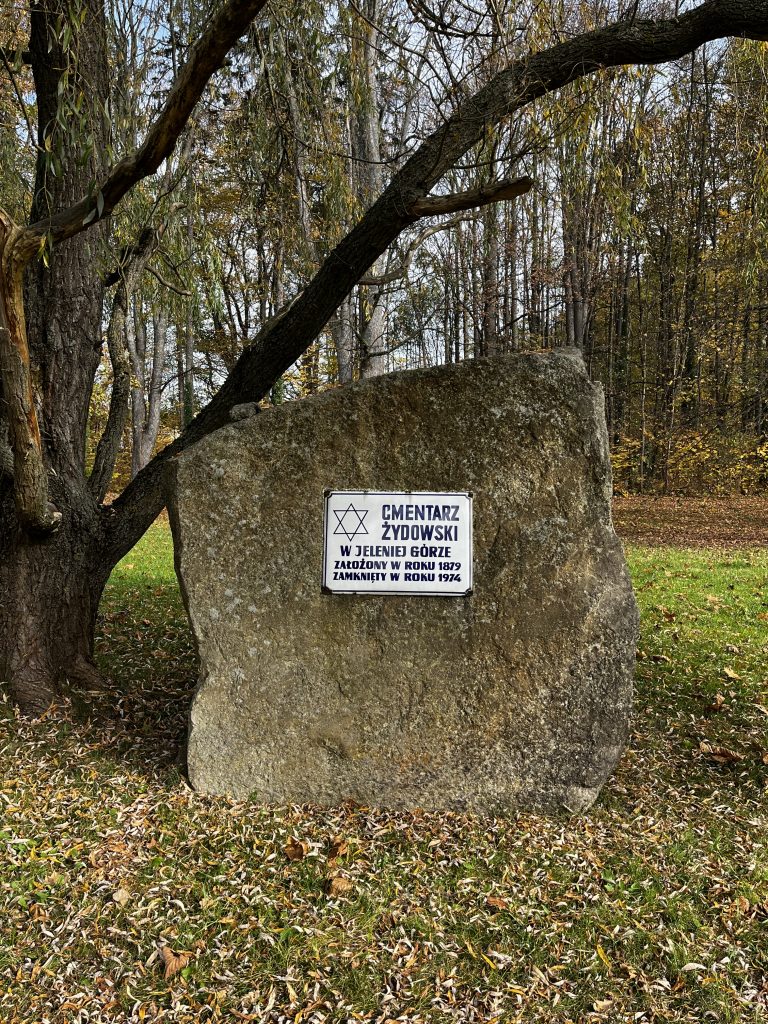
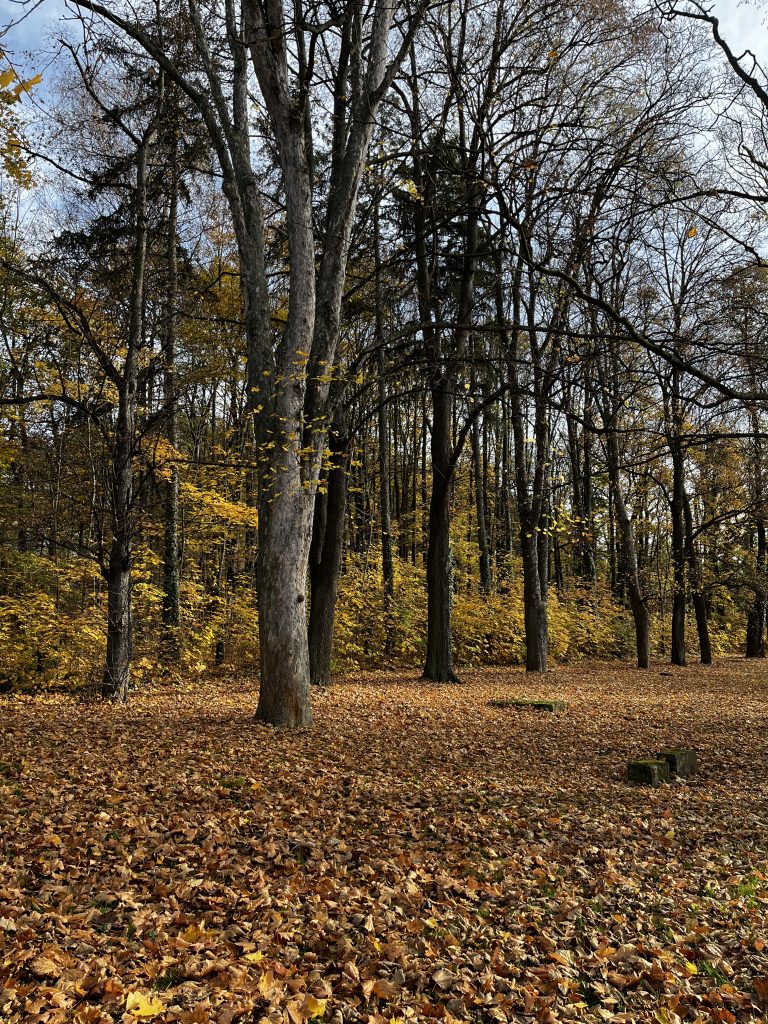


“The bitter death will not separate love” – inscription on one of the tombstones at the Jewish cemetery on Sudecka Street in Jelenia Góra.
Sources:
Impressum:
Design: lukaszhajduk.com
Code: tomhajduk.com
Photo: @kasia_kaleta
Polityka prywatności
Regulamin sklepu
All rights reserved ® Marta Maćkowiak 2025